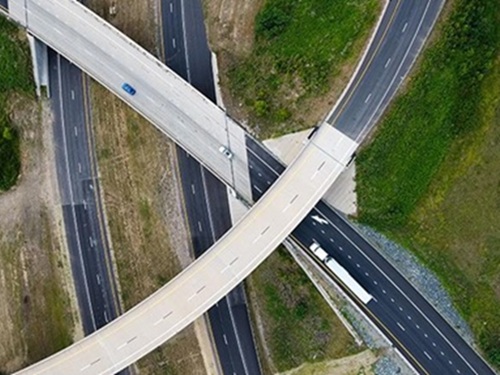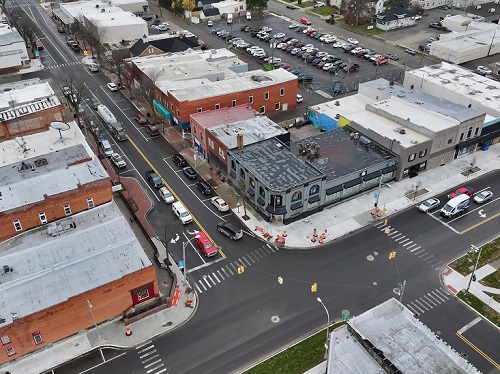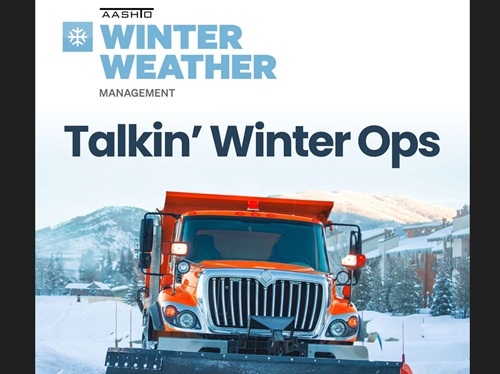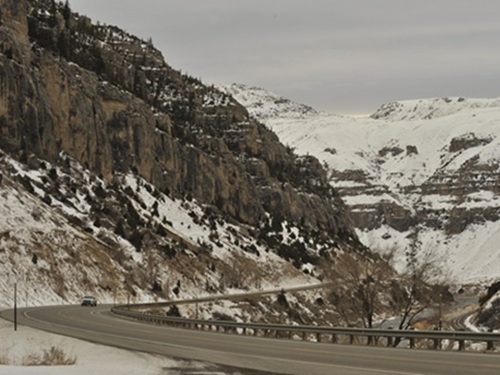Several state departments of transportation in various parts of the country are seeking public feedback on different sets of future transportation plans for the regions they oversee.
[Above photo by WYDOT]
For example, the North Carolina Department of Transportation is seeking public input on its 10-year transportation plan running from 2028 through 2037 through August 29.
The agency said in a statement that its goal with this 10-year plan update is to increase transportation safety, reduce traffic congestion, and promote economic growth.

Projects including in NCDOT’s 10-year plan can be as large-scale as an interstate improvement or as small as a new turn lane or intersection improvement and can involve one of six modes of transportation – highway, aviation, bicycle and pedestrian, ferry, public transportation, and rail.
NCDOT said it also plans to gather input from local transportation planning organizations and from its own staff to help compile a list of potential projects for its 10-year plan.
The Wyoming Department of Transportation seeks similar input and review from the public for its 2026 transportation improvement planning document, which contains highway and bridge projects, airport improvement work, transit projects and public safety initiatives by September 1.
The Michigan Department of Transportation recently began inviting public comment on a draft of its Five-Year Transportation Program through September 1; a plan that contains a list of road, bridge, public transportation, rail, and aeronautics projects.

The agency noted in a statement that this five-year planning document helps it connect long-range goals and strategies for asset management with project programming, performance measures, and budget targets.
Meanwhile, the Wisconsin Department of Transportation has invited the public to review its 2025 Americans with Disabilities Act or ADA Transition Plan, which aims to “continually improve accessibility” throughout the state highway system.
That plan encompasses roadside facilities, navigability within public rights-of-way, and public input processes, with comments due by September 1.
“Accessibility is a key initiative [for us] and we continue to make vital updates to our transportation network to improve safety, reliability and accommodate people of all abilities,” noted Kristina Boardman, Wisconsin DOT secretary, in a statement.
“We’re proud of our recent accomplishments to improving accessibility with our infrastructure projects and programs,” she added. “But it’s important that we continue to remove barriers that limit those with diminished vision, hearing or mobility to leverage the most benefit from Wisconsin’s roads and facilities.”
 Nation
Nation
The Stream by AASHTO: Electrified Roadway Testing
December 5, 2025 Nation
Nation

